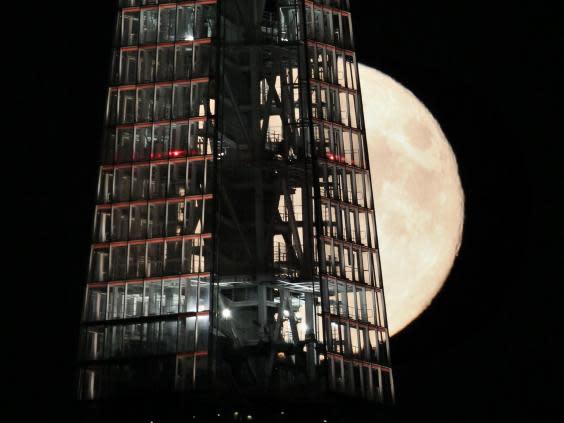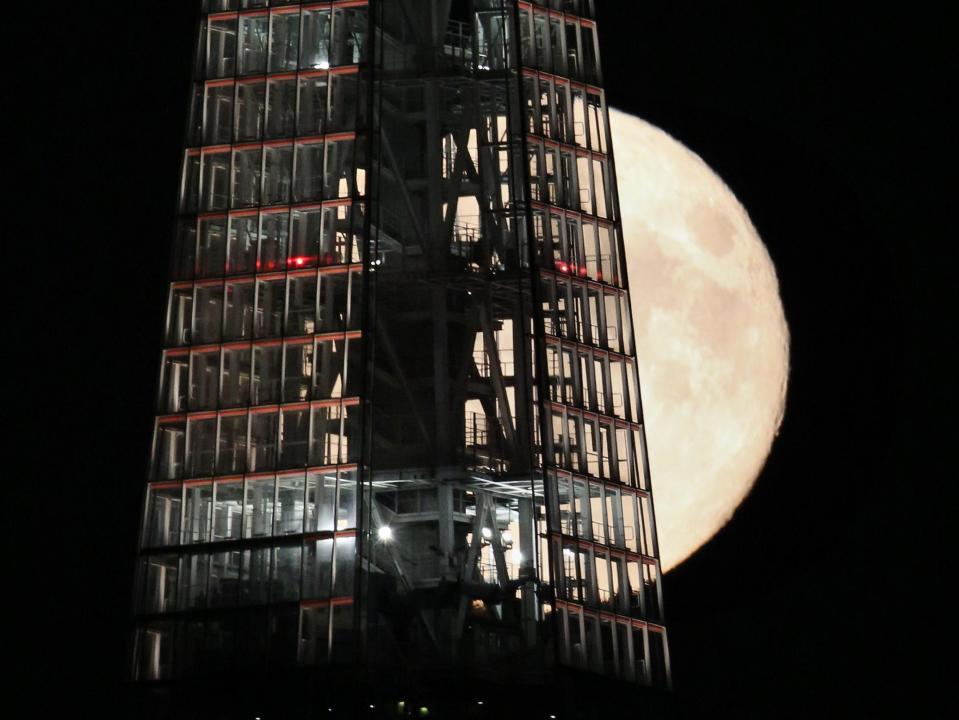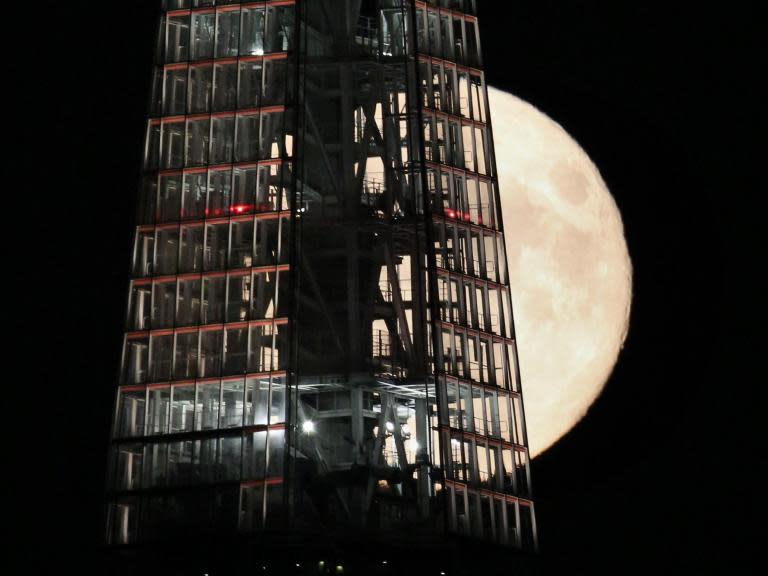Super moon tonight: How to see the spring equinox Worm Moon in the UK
The third and final supermoon of 2019 is set to take place tonight, offering the brightest and biggest view of the celestial satellite for almost a year.
Weather permitting, people around the world will be able to look up into the night sky on Wednesday 20 March and see the full moon at its closest point to Earth.
The exact time that the moon passes closest to Earth is 01.43 GMT on Thursday morning, though the moon will appear bigger and brighter in the sky until Friday.
Its arrival coincides with two other astronomical phenomena: the spring equinox and the passing of an asteroid close to Earth.
The occurrence of the spring equinox – the exact date the Earth’s equator is closest to the sun – means the length of day and night are nearly equal in both Northern and Southern Hemispheres.
This event means tonight’s supermoon is known as the Worm Moon, after the Native American observation that worms begin to appear at the start of spring as the ground begins to thaw.
For most of the UK, the sun will set shortly after 6pm on Wednesday and rise again shortly after 6am on Thursday, giving 12 hours of darkness to view the supermoon.
Viewing conditions for the supermoon in the UK are not ideal, according to the Met Office, with most of the country covered in cloud on Wednesday night.
The Midlands appear to offer the best chance of viewing the full moon, with only partial cloud covering the sky.

The next supermoon won’t take place until 9 February 2020, though sky gazers will be happy to know it will be the first of four that year.
Other celestial events in the calendar for this year include the Lyrids meteor shower on 22 April, the Eta Aquarids meteor shower on 6 May and a total solar eclipse on 2 July – though this final event will only be visible in certain areas of the Southern Hemisphere.

 Yahoo News
Yahoo News 

